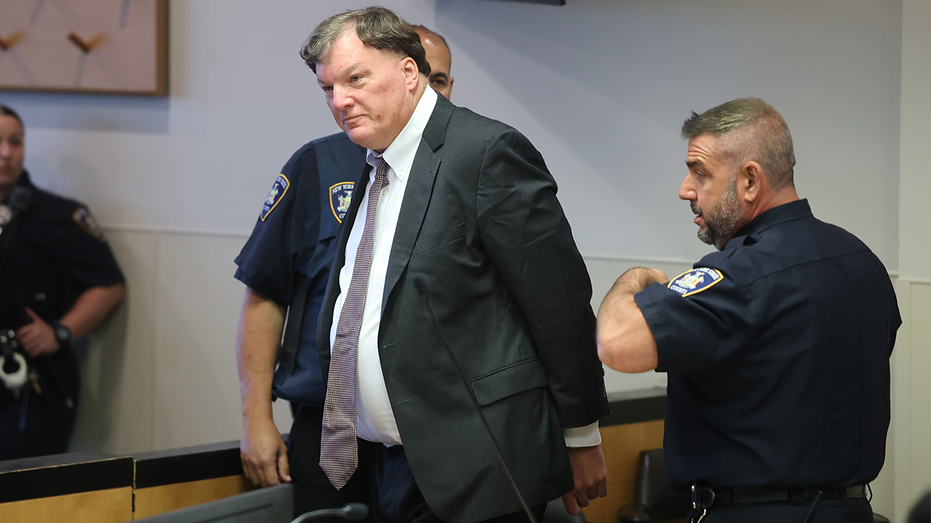Share this @internewscast.com

Rex Heuermann, the alleged Gilgo Beach serial killer, failed in his attempt to have critical DNA evidence dismissed, as a New York judge decided on Wednesday that prosecutors could use it in his trial. Law enforcement officials believe this ruling could influence numerous other cases.
Heuermann, a New York City architect at the time of his arrest, was apprehended over ten years after the disappearance of his latest alleged victim. It is alleged that he committed the killings in his home’s basement while his family was away on vacation.
The legal dispute over the evidence began in March when a Frye hearing was conducted to decide if the new DNA testing method was admissible. Heuermann’s lawyer, Michael Brown, criticized the validity of this new testing on rootless hair samples, comparing it to “magic” and noting that it was unprecedented in New York.
The prosecution claims that advanced technology connected hairs found on six out of the seven victims to Heuermann. Brown remarked on the peculiarity of each victim being linked to his client by a single hair. The hairs did not all belong to Heuermann; some were reportedly from his wife and daughter, whose involvement in the crimes authorities do not suspect but suggest their hairs could have been inadvertently transferred by Heuermann.
“We now have nuclear DNA, mitochondrial DNA, phone records, witness testimonies, financial documents, internet searches, phone activities, and more evidence,” he stated to the media. “All this evidence together, we assert, is compelling.”
The next step for Heuermann involves a decision on whether all cases should be consolidated for a single trial. His attorney prefers separate trials, but Tierney argues that the cases are “intertwined” and should be judged collectively.
It was the disappearance of another woman that set off the whole case – and surprised the residents of Long Island, which includes the two easternmost boroughs of New York City and a pair of suburban counties.
In 2010, Shannan Gilbert placed a frantic and incoherent 911 call, begging for help and claiming someone was after her. The search for her went on for months — and before police found her remains, they found 10 other bodies along Ocean Parkway. Her death is the only one that police have said they believe was accidental.
















